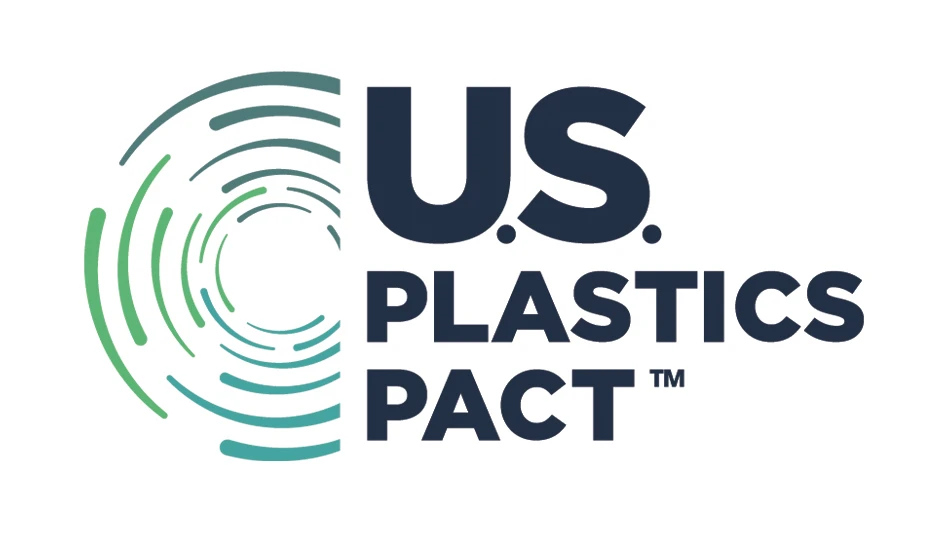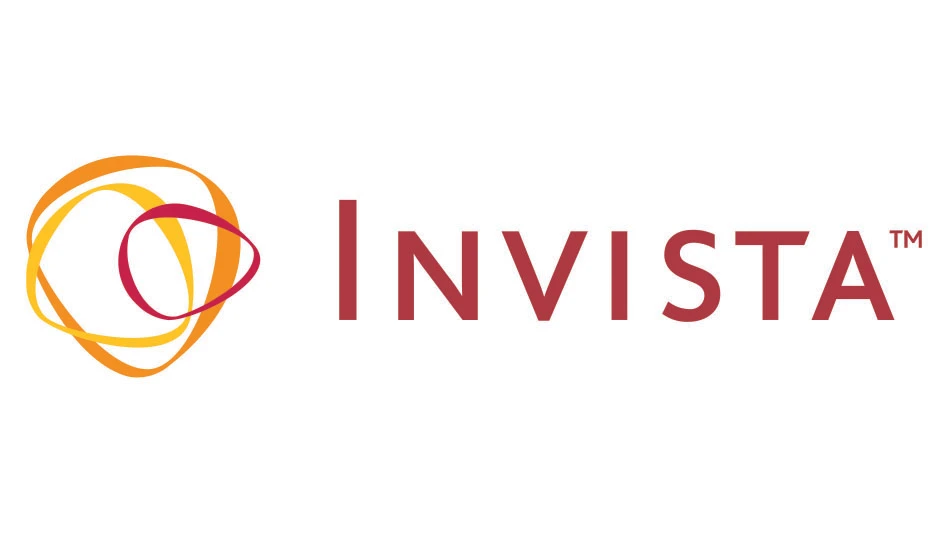| U.S. Producer Price Index/Plastics Material & Resins MFG. |
.jpg) |
The Institute of Scrap Recycling Industries Inc. (ISRI), Washington, D.C., has released specifications designed to “modernize, standardize and streamline plastics buying and selling,” the group says. The revised specifications, P-2011, update the P-2009 specifications found in ISRI’s “Scrap Specifications Circular 2011,” and are available at www.ISRI.org.
ISRI’s board of directors approved the new specifications, which are intended to provide buyers and sellers with a common set of terms and definitions to facilitate their business relationships. “This common vernacular can help both parties avoid misunderstandings and ensure the terms they agree upon are mutually beneficial,” ISRI states in a press release announcing the release of the specifications.
“Historically, the recyclable commodities market has been plagued with confusion surrounding the acceptable specifications of even the most commonly traded grades [of plastic],” says Jonathan L. Cohen, chair of ISRI’s Plastics Recycling Council and president of Generated Materials Recovery, Phoenix. “As such, the overarching objective of the ISRI Scrap Specs initiative is to help improve market efficiency by establishing clear guidelines for the major grades of plastics traded by ISRI members on a national and international basis. It is our expectation that similar to the long established ISRI specs for metals and fiber, the plastics specifications will become widely used throughout the global marketplace.”
The release of ISRI’s plastics specifications follows the Association of Postconsumer Plastics Recyclers’ (APR’s), Washington, D.C., development of model bale specifications for collecting bulky rigid plastics and tubs and lids, non-bottle rigid plastics that have established domestic markets. The APR says it released the specifications to help ease the collection and recovery difficulties associated with the growing variety of plastic packaging.
“These new model bale specifications allow the recycling industry a common vocabulary,” APR Rigid Recycling Director Liz Bedard says in a statement that was released in May. “By clearly identifying commodities that have a growing domestic market, we can begin to increase the collection and recycling of these valuable plastic materials.”
The APR says the release of its specifications follows a year-long study evaluating types of non-bottle plastics bales being generated in North America.
The APR specifications can be found at http://plasticsrecycling.org/rigid-plastics/public-access-rigid-plastics-information.
Sponsored Content
Still relying on manual sorters?
Let AI do the heavy lifting. Waste Robotics delivers reliable, high-performance robots tailored for complex waste streams. They require minimal maintenance, are easy to operate, and are designed to boost your recovery rates. Smarter sorting starts with the right partner. Waste Expo Booth #1969 & REMA #2843
Click here to see our robots in action!ISRI’s new plastic specifications include definitions for mixed load plastics, shredder residue and shred, among others, which are not included in the 2011 circular. The new specifications also replace the current P-100, P-101, P-102, P-103 and P-104 specifications for PET (polyethylene terephthalate) bottle and jar scrap with 100-PET Mixed 70/30 Natural/Green. Standards P-200 for mixed HDPE (high-density polyethylene) and P-202 for pigmented HDPE have been replaced with 200 – HDPE Mixed Color. Standard P-201 for natural HDPE has been replaced by 201 – HDPE Natural Bottles.
(Additional information about secondary plastics, including breaking news and consuming industry reports, is available at www.RecyclingToday.com.)
Get curated news on YOUR industry.
Enter your email to receive our newsletters.

Explore the August 2011 Issue
Check out more from this issue and find your next story to read.
Latest from Recycling Today
- NRC seeks speakers for October event
- LME identifies Hong Kong warehouses
- Greenville, Mississippi, launches aluminum can recycling program
- Cotton Lives On kicks off 2025 recycling activities
- Georgia-Pacific names president of corrugated business
- Sev.en Global Investments completes acquisitions of Celsa Steel UK, Celsa Nordic
- Wisconsin Aluminum Foundry is a finalist for US manufacturing leadership award
- MetalX announces leadership appointments








